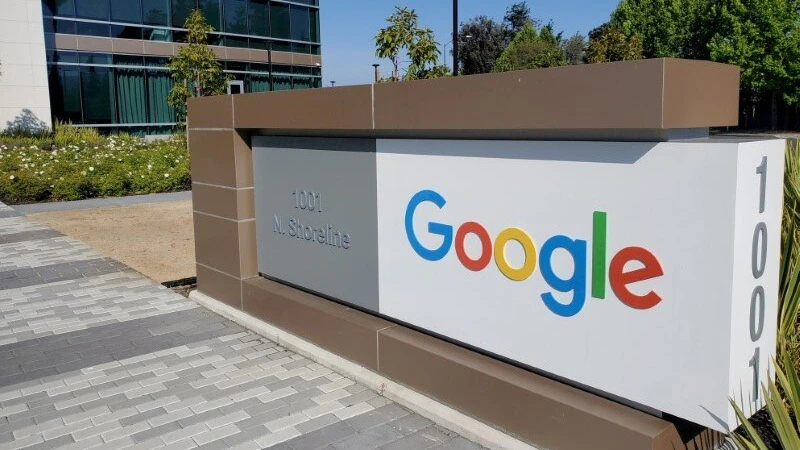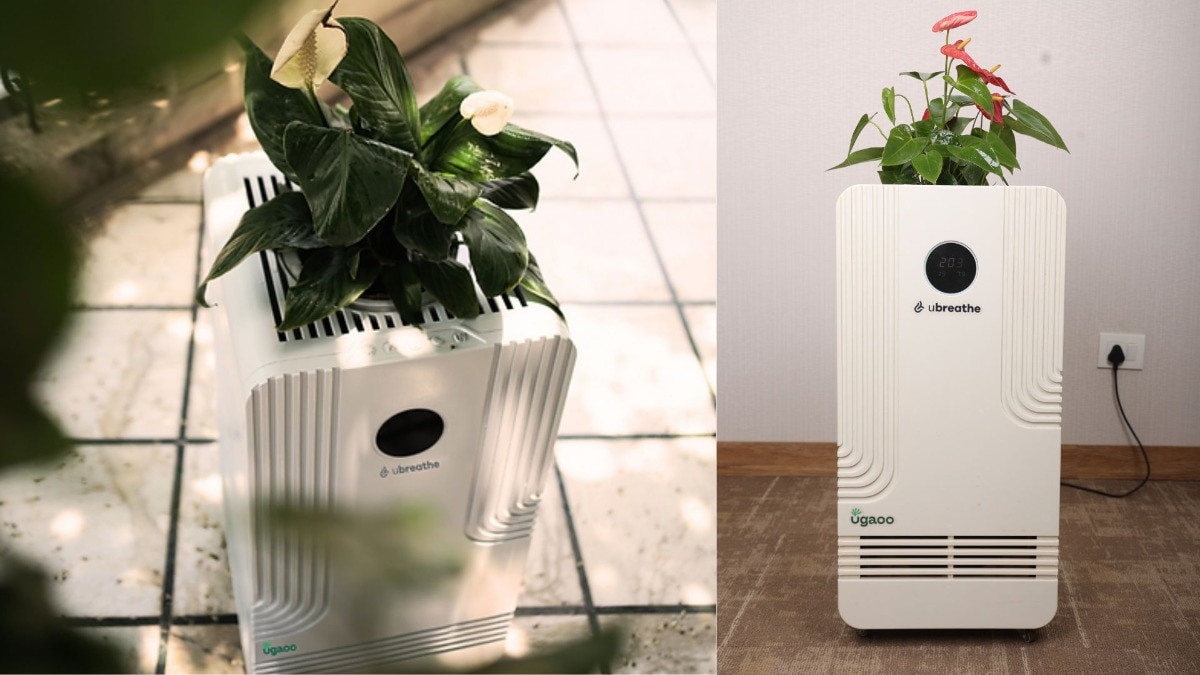Amazon Launches New AI-Powered Alexa
Amazon is set to launch its highly anticipated generative AI voice assistant, marking a significant update since its initial debut in 2014. As per sources from Reuters familiar with the development, the tech giant has arranged an event for February 26 in New York, where Panos Panay, the head of devices and services at Amazon, is expected to reveal the next iteration of Alexa.
Enhanced User Interaction with Generative AI Alexa
The updated AI assistant is designed to improve user engagement by managing multiple requests simultaneously and operating autonomously, a notable advancement over the current one, which can only process single requests. This development represents a substantial opportunity for Amazon to monetize its vast array of over half a billion Alexa-compatible devices, potentially via a subscription service priced between $5 to $10 monthly.
However, it has been indicated by sources that a definitive decision regarding the launch date will be taken during a “Go/No-go” meeting on February 14, where company executives will evaluate whether Alexa is ready for release.
A Shift Towards Advanced Conversational Capabilities
The upcoming generative AI-driven Alexa signifies a pivotal transformation for Amazon. Unlike the traditional voice assistant that primarily tackles simple tasks such as setting alarms and playing music, the new version is programmed for more dynamic conversations and will function as an “agent” on behalf of users.
This innovation means the assistant could recall user preferences, recommend music or dining options based on previous selections, and even adjust current requests like modifying a food order before dispatch.
Initial Free Access with Future Subscription Possibilities
Initially, the service will be available free of charge to selected users, although Amazon has not dismissed the notion of a subscription model in the future. Analysts from Bank of America anticipate that a $5 monthly subscription could yield $600 million annually if 10% of Alexa users opt in.
The foundational concept for Alexa was initiated by Amazon’s founder, Jeff Bezos, who envisioned a voice assistant reminiscent of the computers in “Star Trek.” The aim was for Alexa to manage a variety of tasks, from controlling smart home devices to drafting emails and hailing taxis.
Challenges in Advancing AI Technology
Despite its promising beginnings, Alexa has faced difficulties in progressing beyond basic voice commands. While Amazon has integrated Alexa into a range of devices, including cars, televisions, and smart thermostats, its lack of significant AI advancements has rendered it less competitive compared to platforms like ChatGPT, Google Gemini, and the forthcoming AI-enhanced Siri from Apple.
In September 2023, Amazon unveiled an early iteration of the upgraded Alexa. However, concerns surrounding response quality and speed led to delays in public release. Within the company, the AI initiative has been referred to by names like “Banyan” and “Remarkable Alexa,” though it remains uncertain if these titles will be retained for the official launch.
Addressing Technical and Competitive Challenges
The new AI-enabled Alexa must navigate various technical and competitive hurdles. Generative AI models often encounter issues of hallucinations, where they generate incorrect or misleading information. Given Alexa’s extensive deployment in vehicles, homes, and workplaces, providing reliable and accurate responses is of utmost importance.
Furthermore, Amazon has engaged in a partnership with AI startup Anthropic, in which it has invested $8 billion, aiming to enhance Alexa’s AI functionalities.
As Amazon gears up for its proposed announcement on February 26, the enhanced Alexa is anticipated to be compatible with all existing Alexa-enabled devices. The company will continue to provide the “Classic Alexa” version at no cost, but reports suggest that new features for this version have been halted.









